Related Research Articles
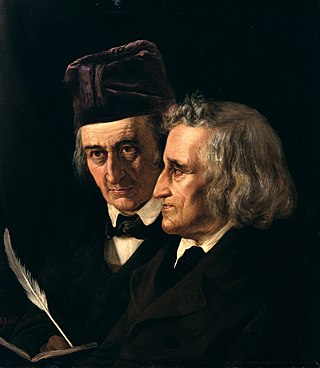
The Brothers Grimm, Jacob (1785–1863) and Wilhelm (1786–1859), were German academics, philologists, cultural researchers, lexicographers, and authors who together collected and published folklore. The brothers are among the best-known storytellers of folk tales, popularizing stories such as "Cinderella", "The Frog Prince", "Hansel and Gretel", "Little Red Riding Hood", "Rapunzel", "Rumpelstiltskin", "Sleeping Beauty", and "Snow White". Their first collection of folk tales, Children's and Household Tales, began publication in 1812.

A fairy tale is a short story that belongs to the folklore genre. Such stories typically feature magic, enchantments, and mythical or fanciful beings. In most cultures, there is no clear line separating myth from folk or fairy tale; all these together form the literature of preliterate societies. Fairy tales may be distinguished from other folk narratives such as legends and explicit moral tales, including beast fables. Prevalent elements include dwarfs, dragons, elves, fairies, giants, gnomes, goblins, griffins, mermaids, talking animals, trolls, unicorns, monsters, witches, wizards, and magic and enchantments.

"Hansel and Gretel" is a German fairy tale collected by the Brothers Grimm and published in 1812 as part of Grimm's Fairy Tales. It is also known as Little Step Brother and Little Step Sister.

"Rapunzel" is a European fairy tale most notably recorded by the Brothers Grimm and published in 1812 as part of Children's and Household Tales. The Brothers Grimm's story was developed from the French literary fairy tale of Persinette by Charlotte-Rose de Caumont de La Force (1698).

"The Sorcerer's Apprentice" is a poem by Johann Wolfgang von Goethe written in 1797. The poem is a ballad in 14 stanzas.
Jack David Zipes is a professor emeritus of German, comparative literature, and cultural studies, who has published and lectured on German literature, critical theory, German Jewish culture, children's literature, and folklore. In the latter part of his career he translated two major editions of the tales of the Brothers Grimm and focused on fairy tales, their evolution, and their social and political role in civilizing processes.
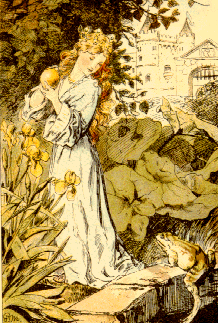
"The Frog Prince; or, Iron Henry" is a German fairy tale collected by the Brothers Grimm and published in 1812 in Grimm's Fairy Tales. Traditionally, it is the first story in their folktale collection. The tale is classified as Aarne-Thompson type 440.

"The Twelve Dancing Princesses" is a German fairy tale collected by the Brothers Grimm and published in Grimm's Fairy Tales in 1815. It is of Aarne-Thompson type 306.
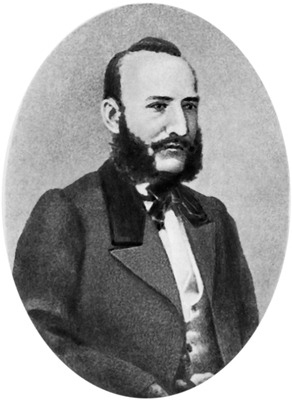
Alexander Nikolayevich Afanasyev was a Russian Slavist and ethnographer who published nearly 600 Russian fairy and folk tales, one of the largest collections of folklore in the world. The first edition of his collection was published in eight volumes from 1855 to 1867, earning him the reputation as being the Russian counterpart to the Brothers Grimm.
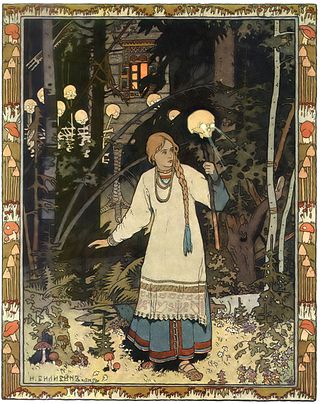
Vasilisa the Beautiful or Vasilisa the Fair is a Russian fairy tale collected by Alexander Afanasyev in Narodnye russkie skazki.
Ruth Manning-Sanders was an English poet and author born in Wales, known for a series of children's books for which she collected and related fairy tales worldwide. She published over 90 books in her lifetime

"Tsarevich Ivan, the Firebird and the Gray Wolf" is a Russian fairy tale collected by Alexander Afanasyev in Russian Fairy Tales.
Romani folklore encompasses the folktales, myths, oral traditions, and legends of the Romani people. The Romani were nomadic when they departed India during the Middle Ages. They migrated widely, particularly to Europe, while other groups stayed and became sedentary. Some legends say that certain Romani have passive psychic powers such as empathy, precognition, retrocognition, or psychometry. Other legends include the ability to levitate, travel through astral projection by way of meditation, invoke curses or blessings, conjure or channel spirits, and skill with illusion-casting.

Krabat – The Sorcerer's Apprentice is a 1978 Czechoslovak cutout animated dark fantasy film directed by Karel Zeman, based on the 1971 book Krabat by Otfried Preußler, and the Sorbian folk tale upon which the book is based. The name Krabat is derived from the word Croat.
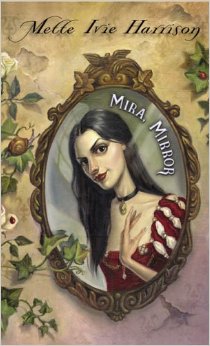
Mira, Mirror is a 2004 young adult fantasy novel written by Mette Ivie Harrison. The story of the novel is told from the viewpoint of the magic mirror from the fairy tale "Snow White". "Mira" is a main character.

The Smith and the Devil is an Indo-European fairy tale. The story is of a smith who makes a pact with a malevolent being—commonly the Devil, Death, a demon or a genie—selling his soul for some power, then tricks the devil out of his prize. In one version, the smith gains the power to weld any material, he then uses this power to stick the devil to an immovable object, allowing the smith to renege on the bargain. It is indexed as ATU330.

Krabat is a character in Sorbian folklore, also dubbed the "Wendish Faust". First records of him were mentioned in 1839 minutes of the Akademischen Vereins für lausitzische Geschichte und Sprache, but all writings of the association were lost.
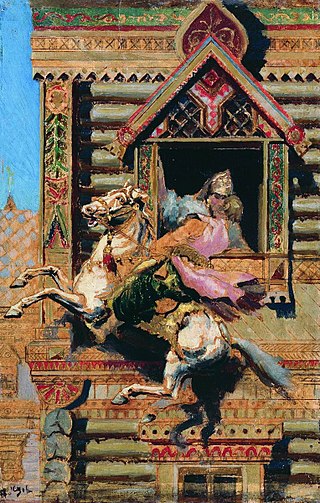
Sivko-Burko is a Russian fairy tale (skazka) collected by folklorist Alexandr Afanasyev in his three-volume compilation Russian Fairy Tales. The tale is a local form in Slavdom of tale type ATU 530, "The Princess on the Glass Mountain", wherein the hero has to jump higher and reach a tower or terem, instead of climbing up a steep and slippery mountain made entirely of glass.
References
- ↑ "Guardian from London". Guardian. 3 September 1890. p. 18. Retrieved 14 June 2017.
- 1 2 Hodgetts, Edith (1890). Tales and legends from the land of the Tzar; a collection of Russian stories. London: Griffith, Farran, Okeden & Welsh.
- ↑ Ashliman, D. L. (2004). Folk and Fairy Tales: A Handbook. Greenwood Publishing Group. p. 225. ISBN 9780313328107.
- ↑ Zipes, Jack (2017). The Sorcerer's Apprentice: An Anthology of Magical Tales. United States of America: Princeton University Press. pp. 112, 218, 357, 372, 390. ISBN 9781400885633.
- ↑ "Page:Folk-lore - A Quarterly Review. Volume 2, 1891.djvu/120 - Wikisource, the free online library". en.wikisource.org. Retrieved 14 June 2017.